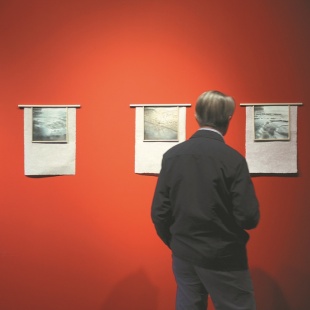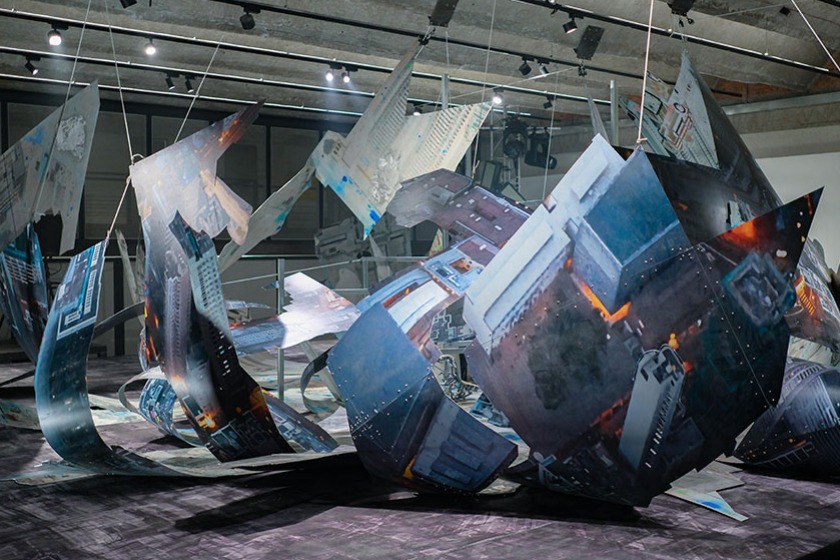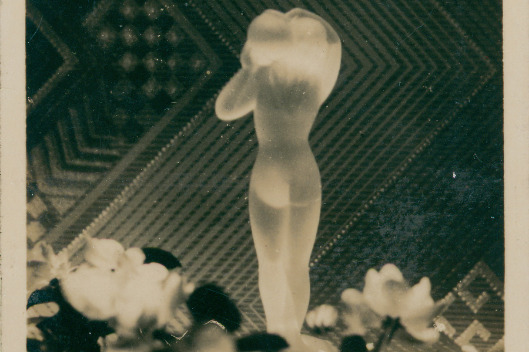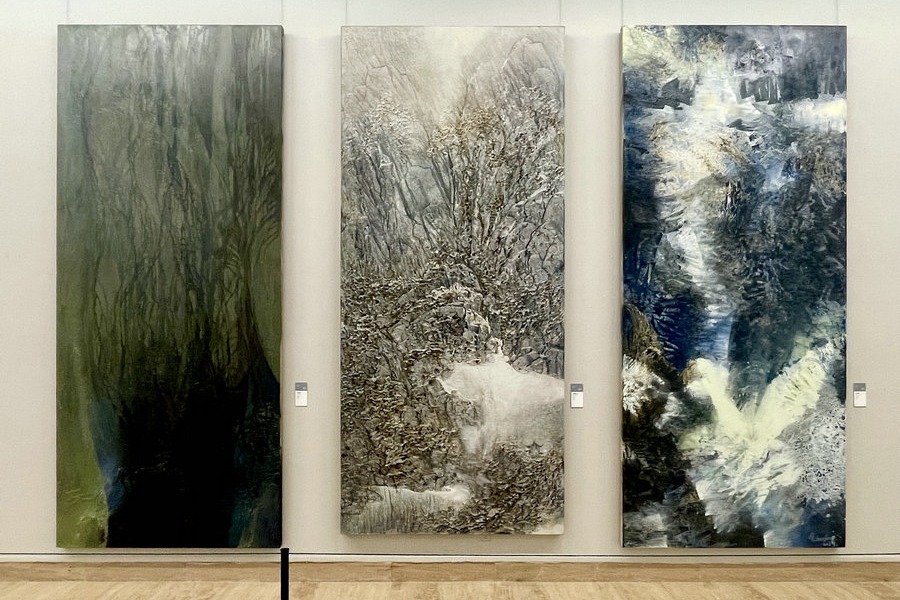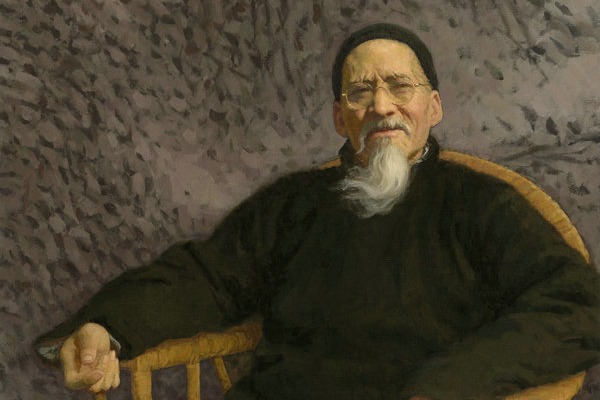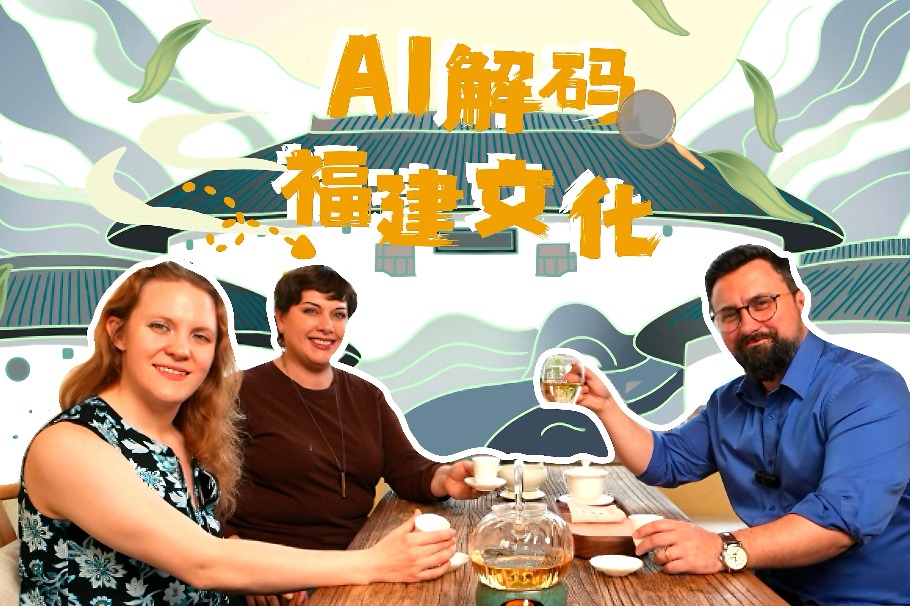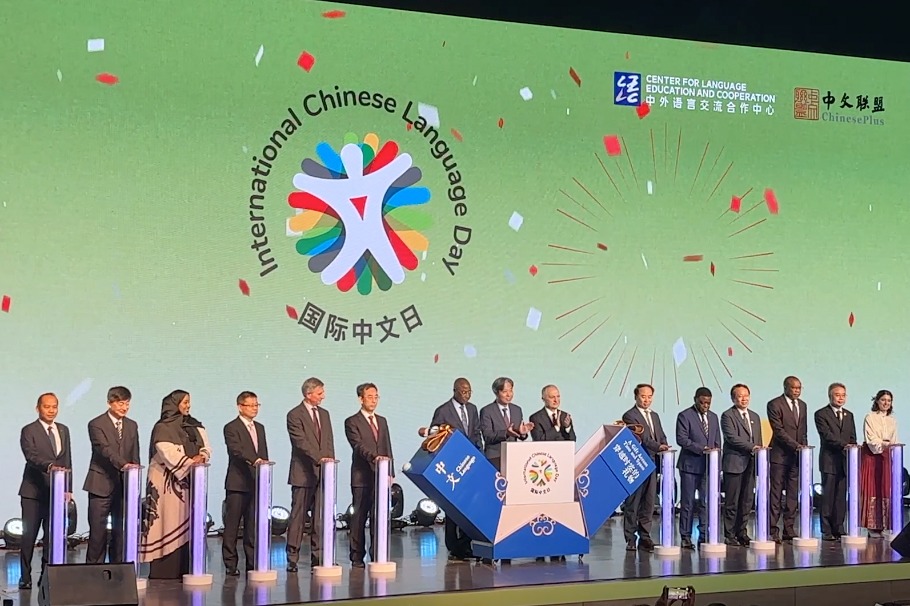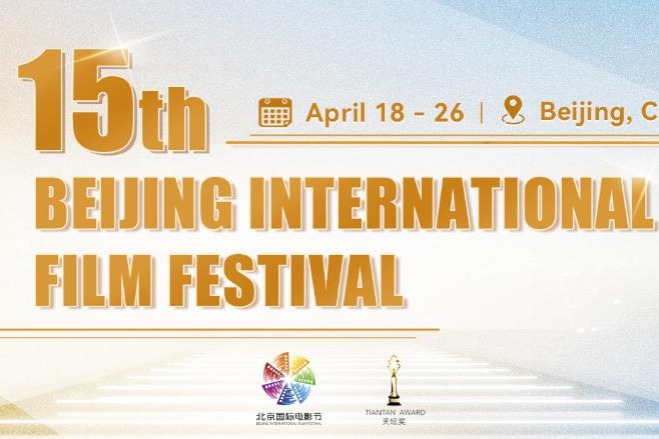French artist finds inspiration in Beijing's streets and the character kou

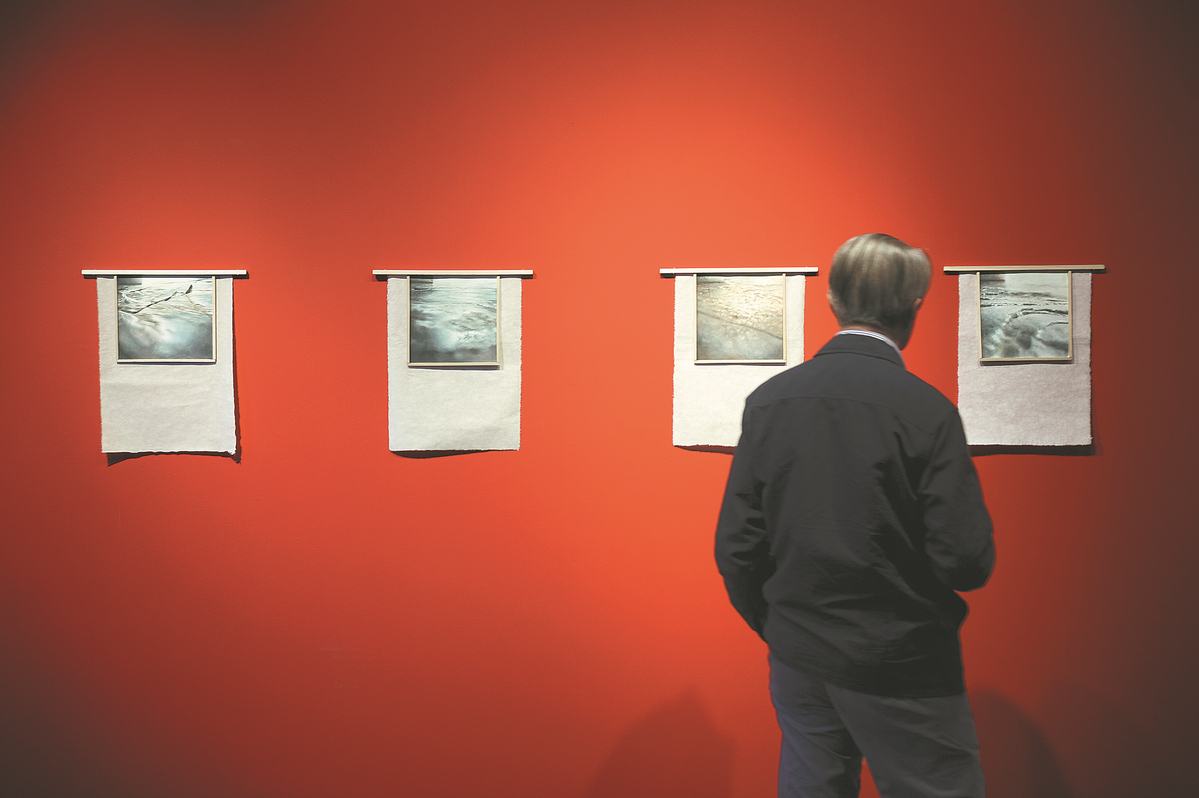
When French artist and architect Clara Bryon arrived in Beijing this past February, she wasn't just visiting — she was observing. With a keen eye for form, texture and space, she took in the layers of the city's architecture as not just structures but silent storytellers.
As one of the 2024 laureates of the Yishu 8 France-China Young Artist Award, Bryon spent two months in residence at Yishu 8, an art platform housed in the former Sino-French University. Her daily walks through the city — from the steps of Jingshan Park to the threshold of her hutong home — became the foundation for 18 artworks now on view in her solo exhibition Kou: Opening, which runs through May 16 as part of the 19th Croisements Festival.
Doors and windows — recurring themes in Bryon's architectural research — emerge as focal points. In Beijing, she was especially drawn to the Chinese character kou, a square form found in words like "entrance" and "exit".
"Its shape really touched me: It represents my work in both form and meaning," she says. "So, I decided it would be the name of the exhibition."
Born in 1990, Bryon holds a degree in architecture from the National Superior School of Architecture of Montpellier and is based in the same city. Inspired by architects such as Tadao Ando and Louis Kahn, Bryon explores light as a central theme in her paintings.
Her work balances strength and subtlety, often evoking a surreal or purely abstract aesthetic.
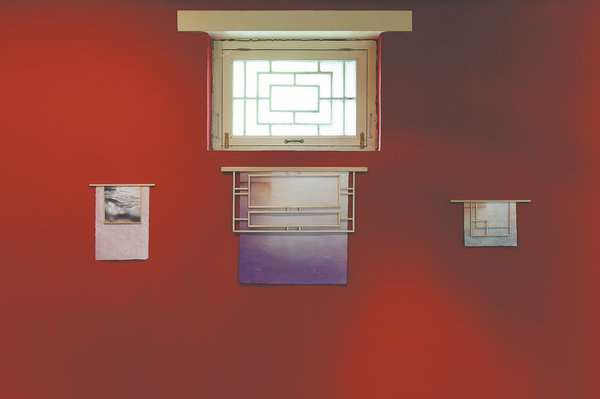
In recent years, Bryon has presented both solo and group exhibitions in cities such as Paris and Montpellier in France and Liege in Belgium.
Christine Cayol, founder of Yishu 8, describes Bryon's journey to Beijing as a deliberate immersion into Chinese architecture, a way to explore the intricate dialogue between openness and enclosure, light and shadow, stillness and motion.
"From the Forbidden City to traditional siheyuan courtyards, her eyes moved across architectural forms before settling on specific compositions and patterns," Cayol says.
"Bryon understands that the essence of life and art lies in restoring the flow of energy, in drawing strength from the rhythms of breath, within oneself and the universe. Her purpose in coming to Beijing was to undertake a rigorous explorative journey," Cayol adds.
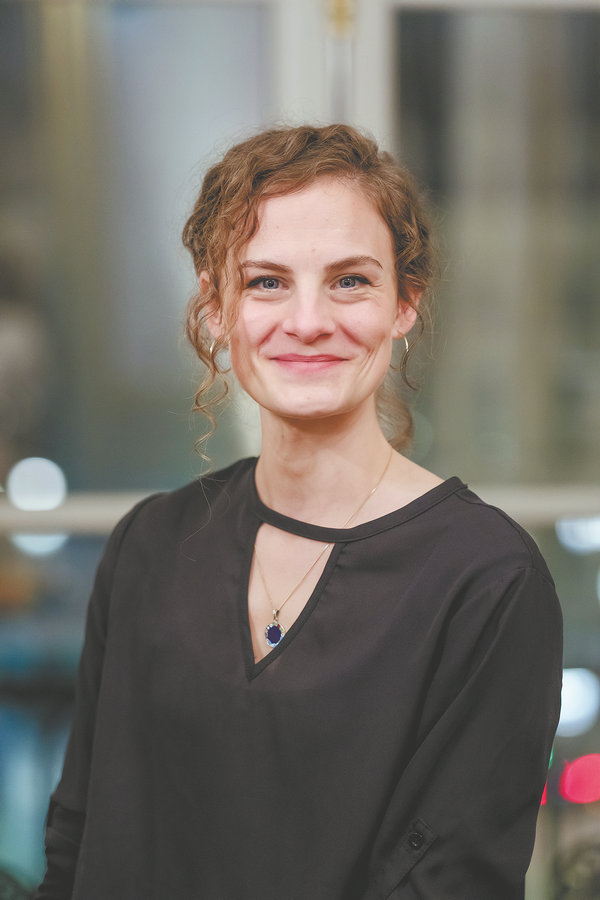
Bryon spent her Beijing residency living in a hutong, an alleyway courtyard residence. To her, the city revealed itself in quiet shades of gray.
"From roof tiles to bricks and paving stones, the materials that make up Beijing form a subdued backdrop," she says. "They highlight the delicacy of doors and windows. In hutong, these are few, discreet, and defensive. But every opening that allows a gaze or a passerby becomes enriched with colors, patterns and carvings."
Inspired by the season's first blossoms, the towering palace walls and the natural wood beams in her hutong home, Bryon continued her long-standing exploration of architectural thresholds. In Beijing, her Threshold series took on new life.
One of the largest works on display, Window of the Square Courtyard I stretches three meters wide. A wall ends at the upper left corner of the canvas, allowing light to spill across the ground, an image drawn from her Beijing walks.
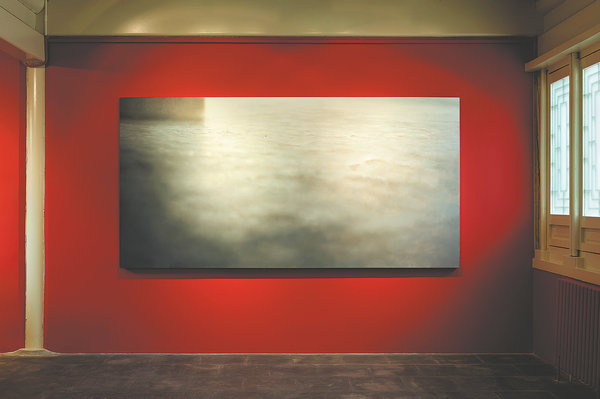
Fourteen paintings from her Window of the Square Courtyard series are on display. All but the first are overlaid with wooden lattice frames.
"These windows captivate me. They're high and narrow and often blocked. In my paper-based works, you can just make out a threshold behind the grille, guiding the gaze through layers of obstruction. Even the borders of the paintings shift in response," she says.
The exhibition also includes four photographs from her First Spring Flowers series. Bryon photographed magnolias in local parks, placing handcrafted paper and wooden slats in the foreground like a curtain or frame. Only when a breeze moves the paper do the blossoms fully reveal themselves.
Beijing not only provided new inspiration but new materials as well. Traditional handmade paper became a core element in her creative process. "I worked with the paper for what it is — as an object — with its thickness, color, fibers and texture. It became an essential part of the work. Not a surface but a component," she says.
This was Bryon's first time in Asia and her first artist residency. She calls it a "powerful experience" in which she was drawn to the city's language, food and spiritual architecture.
"At first glance, Beijing seems austere: its streets gray, its traffic rigid, its scale immense. But once you live here, life feels gentle. The gray takes on the color of the sun and becomes a neutral texture that sets off doors, plants and street details," she says.
In the end, Beijing's thresholds, literal and metaphoric, became not just her subject but her way in, just like the character "kou".


